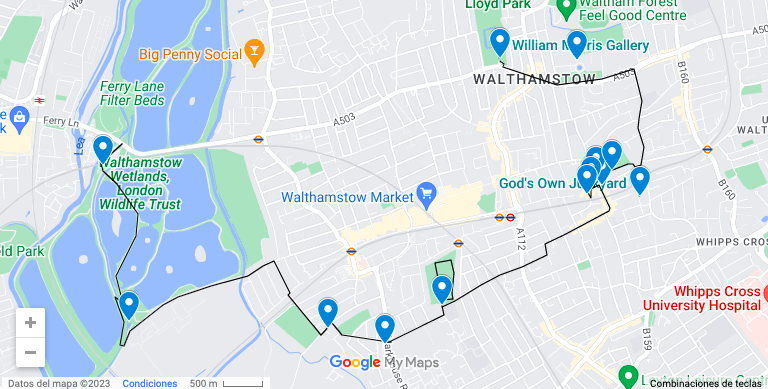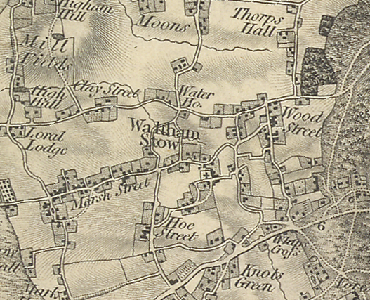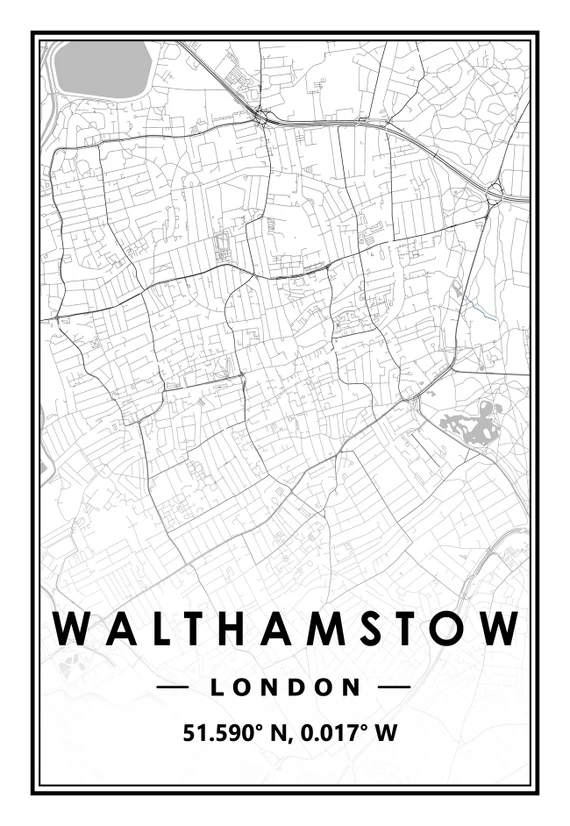There’s Walthamstow, but in the 19th century. The history of Walthamstow starts being written and described as a country parish type of place, recognized by its famous woodland and incredible views of East London. Later on, industry and development came into the contry and Walthamstow wasn’t going to be the case left behind; they started to focus in this matter. The section from Blackhorse Lane was renamed as the Copper Rolling Mills, which helped drain the marshes when they were constructing the Walthamstow reservoirs and many locals were employed, so I think it was kind of a big deal taking this information into account. Indeed, Walthamstow was growing.
As time went by, people were slowly entering and making this place their own and with development going on, many operational structures like Highman Hill and the Walthamstow Building Society were founded to accelerate the growth process. Finally, it became a municipal borough in 1929, and in 1965 alongside Chingford and Leyton, a London borough of Waltham Forest.
Now, this is a map of Walthamstow as we see it nowadays and its gotten really big, a lot has changed around here. This is a very interesting place for me because as a foreign student here in London, I have a lot of time to really appreciate the streets i’m walking and the places i’m sorrounded by. Walthamstow seems to really connect the people with its history, even if one doesn’t know it by heart, but this place still has that air of what it used to be. It can be really modern and feel like the community has been here since forever. It is clear, having these two maps, that a lot of industry and connection with the modernity of London has shaped Walthamstow as to what it is today, also because of all the human intervention.

There is more about the history of Walthamstow, but since this is my new home, I’ve been having a lot of time to get to know it better. I can say that there are a lot of reasons why it feels like some parts of Walthamastow have been stucked in time, and that is because many of the most famous attractions have been here since the very beggining. I recently found a Walthamstow walk to visit the most important places, starting with the Walthamstow Wetlands that are on the reservoirs. This place really felt like that incredible views of East London, only nature and water, and it is clearly something that not even industrialization could change. Then, I came across the Engine House wich really felt like that mixture of past and present, and even though there are quite a few groups of people that stop to take pictures, time stopped for a minute and embrace me with the history of the place. For my last stop of the walking tour I found before I went home, The Coppermile Pump House came across my sight and the history of the place was really interesting: long ago it ws used for gunpowder making during a civil war that was occuring between 1642 and 165, I wanted to climb up the tower but I just ended my trip and returned to my residence.
After the three places I got to visit, I realized that the feeling Walthamstow gave me since the beggining was correct, and oldie but goodie. Filled with places packed with history and meaning but a community that’s been growing alongside the world and the United Kingdom.
GB Historical GIS / University of Portsmouth, History of Walthamstow, in Waltham Forest and Essex | Map and description, A Vision of Britain through Time. https://www.visionofbritain.org.uk/place/722
Lindsay Collier, Walthamstow Through Time, Amberley, 2014
Walthamstow (2017) Walthamestates. Available at: https://walthamestates.co.uk/a-history-of-walthamstow (Accessed: February 1, 2023).
Chesherj (2021) Walthamstow Walk: An ancient house and a sinking cemetery, Living London History. Available at: https://livinglondonhistory.com/walthamstow-walk-an-ancient-house-and-a-sinking-cemetery/ (Accessed: February 1, 2023).
.

